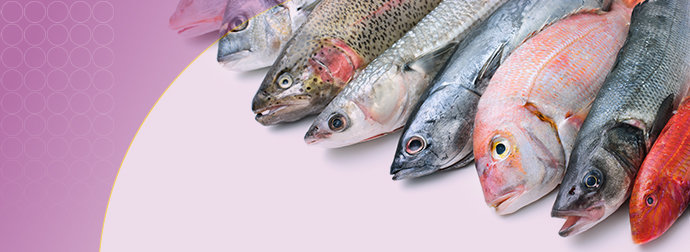
Recent news in Food & Feed Analysis
- Home
- /
- Seafood fraud: One out...
Seafood fraud: One out of three fish dishes is not what it says on the menu

Is this the next case of food fraud after the horsemeat scandal? Examiners recently analyzed seafood dishes in Brussels (Belgium). The appalling result: Every third seafood dish served in restaurants contains a fish species other than the one you’ve paid for. Here’s what you need to know about the most affected species, the impact on consumers and the methods of detecting food adulteration.
It’s a bitter pill for all the fish enthusiasts out there: When you order cod or a grilled sole, chances are you will not be served that specific fish. That’s the result of a recent study published by the Oceana Institute, which analyzed 280 fish samples from more than 150 restaurants and canteens in Brussels. The DNA analysis revealed that the fish served was not the fish mentioned in the menu in 31.8 % of the cases. For certain species, the amount of mislabeled fish was as high as 95 %.
Fish fraud findings in detail:
- 95 % fraud in bluefin tuna – the species was substituted by cheaper tropical species such as yellowfin tuna and bigeye tuna
- 13 % fraud in cod – the species was replaced by several cheaper fish species, most often pangasius and saithe
- 11 % fraud in sole – the species was substituted by cheaper flatfish species
Mislabeled fish: consumer deception and environmental problem
But how does a wrong fish species get into the meal? Sometimes this happens unintentionally: Many fish species are difficult to distinguish even for experts. On the other hand, there’s of course a lot of money involved, since traders can make profit by declaring a cheap fish as an expensive one. From a legal point of view, this procedure is not even illegal in many cases. While there is an EU regulation that requires fish products to be labeled both with their trade name (e.g. “tuna”) and the scientific name (e.g. “thunnus thynnus”), this doesn’t apply to fish dishes sold in restaurants.
Replacing one fish species with another doesn’t hold any dangers to the consumers and usually, they cannot recognize any difference. For the consumer, it may be disturbing if he ends up buying low quality fish at a high price. Yet, the mislabeling is way more problematic for the environment: Because a lot of money is made with cheap fish, many of these species are overfished and endangered. A stricter control of fish labeling is important to protect fish stocks and to avoid future food scandals.
Animal identification using SureFood® FISH ID
Food adulteration can be detected by means of a real-time PCR, an established method for the identification of animal species. With this method, a coloring agent is added to the sample. Then, the fluorescence is measured in several cycles. Real-time PCR allows you to analyze DNA sequences in only 1.5 hours, so it is much faster and more convenient to use than the traditional PCR method. We offer the widest range of real-time PCR kits for fish identification, with tests for species such as halibut, salmon, saithe, cod and trout; and more test kits are planned. All the test kits in the SureFood® FISH ID range can be used with any standard PCR device.

